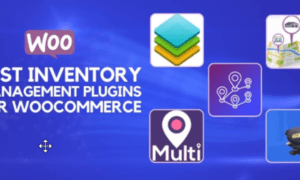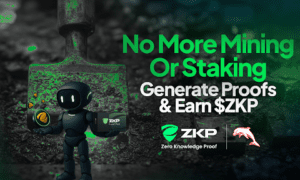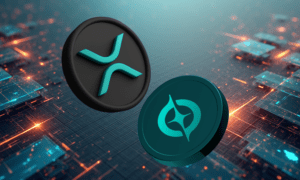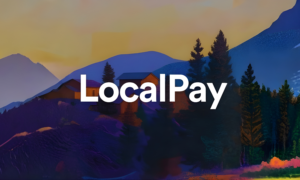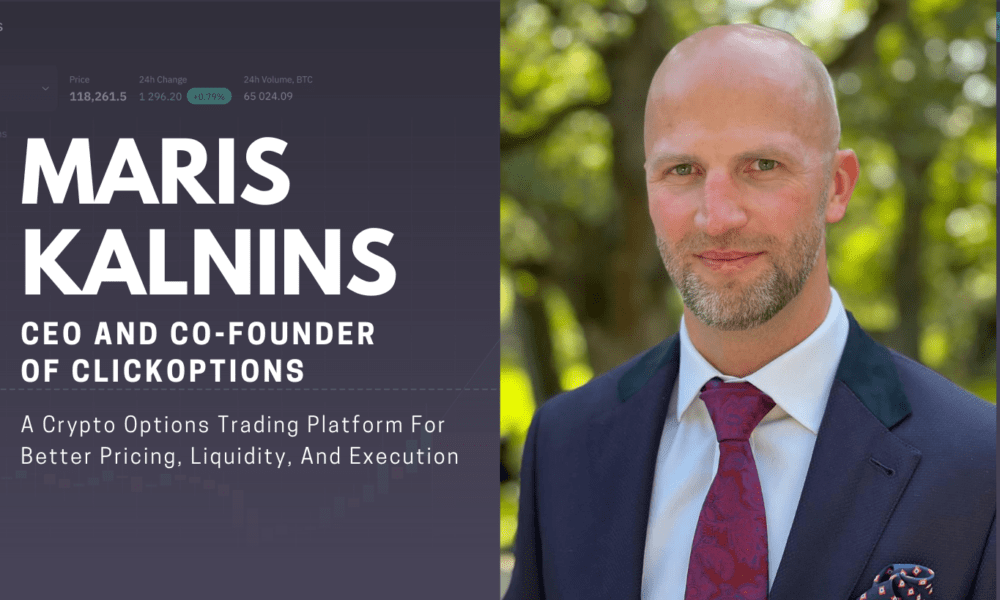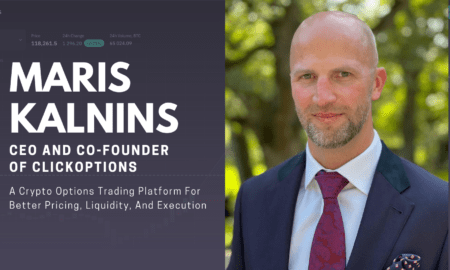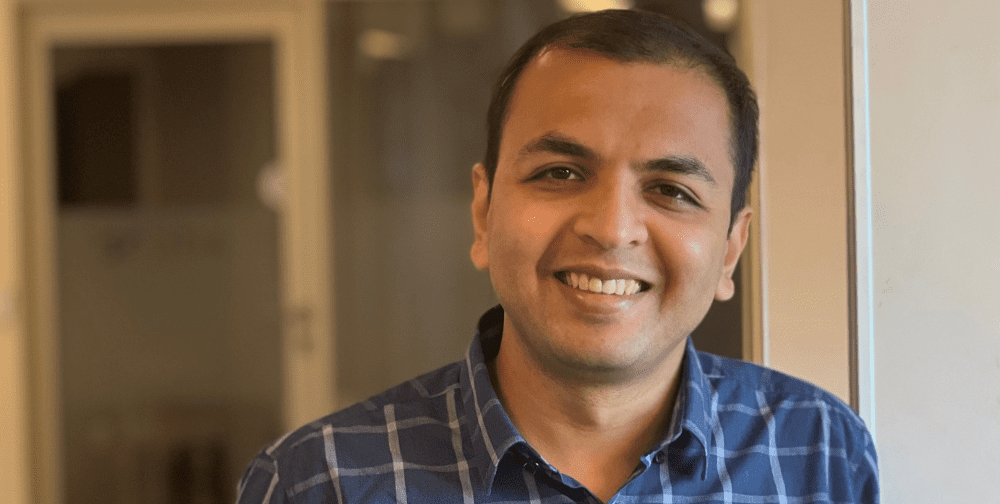Introduction: The Quiet Power Behind the Platform
When most entrepreneurs enter fintech, they dream of building the next flashy app that makes headlines and lands venture funding. But Sabeer Nelli had a different dream—one shaped not by hype, but by hardship. Before launching Zil Money, he ran gas stations across Texas through his company, Tyler Petroleum. And while his customers saw clean storefronts and working fuel pumps, Sabeer saw the back-end mess that made it all function: scattered banking systems, clunky check-writing software, late-night payroll panic, and reconciliation chaos.
So when he decided to build Zil Money, it wasn’t to impress—it was to remove stress.
And that has made all the difference.
From Firefighting to Flow
Ask any small business owner what their biggest hidden stressor is, and they’ll likely say money—not in the abstract, but in the operational sense. Will payroll go out on time? Are vendor payments going through? Is the bank feed synced properly? Sabeer didn’t just sympathize—he lived it.
He didn’t want to build a finance tool that demanded more attention. He wanted to create one that quietly removed friction from the background.
That’s why Zil Money isn’t loud. It doesn’t flood your screen with pop-ups or bounce users between 10 tabs. It’s deliberately calm. Every click has a reason. Every feature solves a bottleneck. For Sabeer, the goal was never to make users see how powerful Zil Money is—it was to make them forget it’s even there, because everything just works.
Simplifying the Most Complex Tasks
At its core, Zil Money is built to streamline the chaotic. Instead of forcing business owners to log into five different systems to handle payments, invoices, and payroll, the platform consolidates everything into one place.
And it’s not just consolidation for the sake of convenience. Zil Money allows users to:
- Print checks instantly from home or office
- Run payroll by credit card when cash is tight
- Automate recurring vendor payments
- Track ACH, wire, and mailed checks in one dashboard
- Customize approvals and permissions for teams
All of these were once separate functions tied to different service providers. Now, under Sabeer’s vision, they exist as part of one silent, seamless engine.
Designing to Disappear
One of the most radical things about Sabeer’s approach is his belief that fintech tools should get out of the user’s way. That’s why Zil Money’s interface is clean and minimal—even in a world where designers often confuse complexity for sophistication.
It’s a product philosophy rooted in humility: the idea that customers don’t log in to be dazzled; they log in to get something done.
Sabeer insisted on simplicity even when it slowed development. He believed that adding more buttons wasn’t progress—it was confusion. Every screen was stripped down to essentials. Every workflow was trimmed of excess steps. And every update was pressure-tested with actual users.
The result? A platform that doesn’t demand attention. It delivers results quietly.
Security You Don’t Have to Think About
In today’s digital economy, financial software needs bulletproof security. But most platforms make users feel that burden—forcing them to jump through authentication hoops or constantly worry about data breaches.
Sabeer took a different route: build airtight compliance and security standards into the foundation, not the surface. Zil Money meets or exceeds industry standards like SOC 2, PCI DSS, ISO 27001, and HIPAA—all without overwhelming the user.
Instead of broadcasting security with flashy “secured by” banners, Zil Money focuses on behind-the-scenes protection: encrypted connections, strict user access controls, and real-time fraud monitoring. It’s peace of mind, delivered quietly.
Customer Support That Feels Human, Not Scripted
While Zil Money is powered by automation, Sabeer never lost sight of the human touch. He knew that no matter how good a platform is, there are moments when users just need to talk to someone who gets it.
That’s why Zil Money’s support team is trained not just in product knowledge, but in business empathy. They know what it’s like to have payroll due tomorrow. They understand the panic of a vendor check getting delayed. And they’re empowered to solve, not just explain.
This human-first support model isn’t an afterthought—it’s part of Sabeer’s larger philosophy. The best tech supports humans. It doesn’t replace them.
Letting Results Speak for Themselves
While other companies celebrated funding rounds and product launches, Sabeer quietly focused on one metric: Did it work for the user?
That discipline has paid off. Zil Money now serves over one million users and has processed more than $95 billion in transactions—not because of aggressive marketing, but because the product keeps its promise.
No broken features. No empty buzzwords. Just functionality that business owners can rely on, day in and day out.
Lessons for Future Founders
Sabeer Nelli’s journey holds important lessons for any entrepreneur:
- Start with real pain – Zil Money didn’t begin as a startup pitch. It began as a solution to problems Sabeer faced in his gas station business. Build from experience, not assumption.
- Design for use, not praise – The most beloved platforms are often the ones users don’t think about. They just do the job.
- Earn trust through silence – Real confidence comes when users don’t have to worry about performance, privacy, or support. Build systems so strong they disappear.
- Let your work speak – Sabeer didn’t chase media attention. He let customer loyalty do the talking. Quiet brands can still build loud impact.
Conclusion: The Sound of Success Is Silence
In a fintech world that often feels noisy, competitive, and overly complex, Sabeer Nelli’s approach is refreshingly different. He didn’t build Zil Money to be seen—he built it to work. And in doing so, he’s created something rare: a platform that business owners can depend on, forget about, and come back to without hesitation.
Because in the end, the loudest message you can send isn’t in your marketing. It’s in the consistency of your product, the clarity of your design, and the peace of mind you give your users.
That’s how you build something that lasts.
Read More From Techbullion


